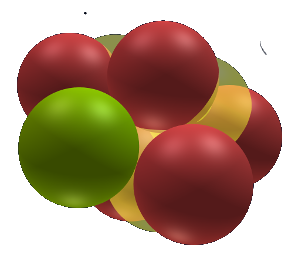Summary and outlook
We found that SAM provides insight in a great variety of physics and chemistry phenomena through visual identification. For example, by studying nuclear structure, we can see, observe, or explain:
- whether an element or isotope is radioactive, i.e., the cause of radioactivity,
- how each element is structured,
- how the isotopes of an element differ from each other,
- where the cycle-of-eight comes from and why it breaks down,
- the attributes of elements such as oxidation state,
- why the elements become unstable after lead,
- why alpha decay happens with some but not with other elements,
- how and why normal beta decay occurs,
- how nature uses decay paths including those through isomeric transitions,
- why double beta decay happens,
- how and why uranium-235 and other actinides split asymmetrically,
- the origins of the “neutron” drip line, and the “neutron”/proton ratio in heavier elements.
- We only looked at some topics of this list in this article.
All these topics are addressed in our book The Nature of the Atom-An introduction to the Structured Atom Model. The implications of the model are huge and not only affect physics and chemistry, but also biology and geology. SAM shows a clear causal relation of the structure with all that we know about the nuclear realm and the periodic table of elements. We now have a better understanding, why and how fusion works, and how fission works. The relation of the outer electrons with the nucleus is obvious in SAM, although much research remains to be done in the realm of the outer electrons.
